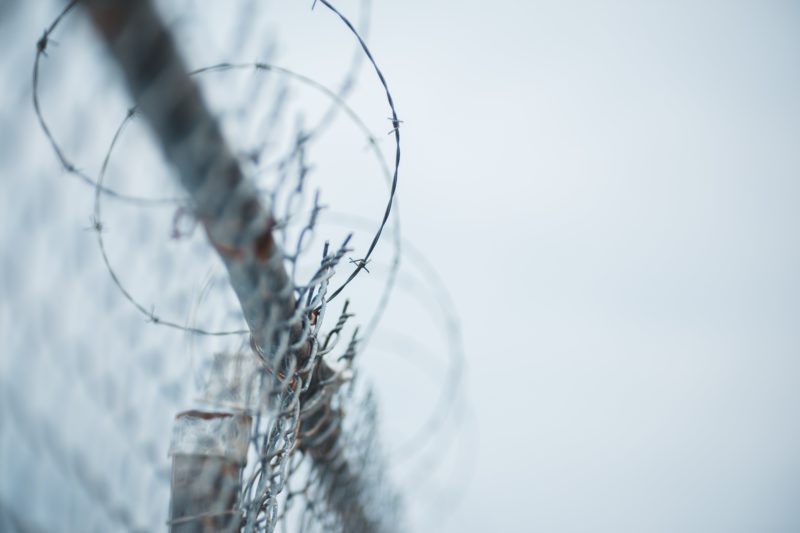Interrupting Cycles of Harm, Inside and Outside Prison Walls
Share
Explore Our Galleries
Breaking News!
Today's news and culture by Black and other reporters in the Black and mainstream media.
Ways to Support ABHM?
By Allen Arthur, Yes Magazine
Formerly incarcerated mental health care providers are supplementing traditional resources for those still in prison—with mutually beneficial results.

Shawanna Vaughn fights prisons with equal amounts of forgiveness and fury. The forgiveness she offers is one that she hopes everyone will embrace — one that sees people who have committed harm as wounded, not evil, and that can become the basis for prioritizing healing over punishment.
She even extends forgiveness to the man who killed her brother.
“Why not?” she says. “It’s not the norm. How about we try something else? How about we try the thing that’s never tried?”
Vaughn reserves her fury for the prison system as a whole, one that torments those wounded people further, releasing them in worse condition than when they entered, if they’re released at all. She’s been there too, having spent five years in prison herself.
[…] Advocates like Vaughn and Thomas survived prison’s harms and the lack of non-carceral options available in Black communities specifically. For them, fighting incarceration means draining the U.S. prison system of its fuel: trauma. To do it, they’re supplementing traditional resources with mental health care before, during, and after incarceration, using their experiences to change lives through mutually beneficial approaches. Their aim, Vaughn says, is saving generations of children — particularly Black children — from “the cage and the grave.”
Finish this article about prison’s issues with mental health and how they disproportionately impact black people.
View our exhibits about racial injustice and incarceration and how the war on drugs impacts black people.
Check out more breaking news.









Comments Are Welcome
Note: We moderate submissions in order to create a space for meaningful dialogue, a space where museum visitors – adults and youth –– can exchange informed, thoughtful, and relevant comments that add value to our exhibits.
Racial slurs, personal attacks, obscenity, profanity, and SHOUTING do not meet the above standard. Such comments are posted in the exhibit Hateful Speech. Commercial promotions, impersonations, and incoherent comments likewise fail to meet our goals, so will not be posted. Submissions longer than 120 words will be shortened.
See our full Comments Policy here.